workshop guide to why forks fail
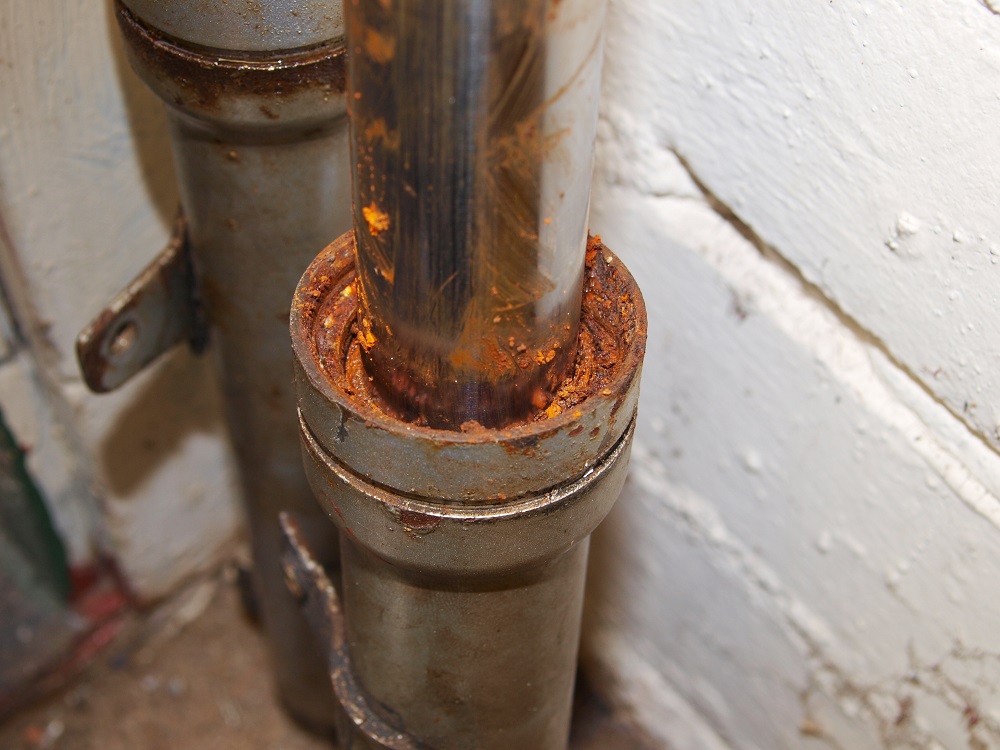 By Steve Cooper, VJMC Editor
By Steve Cooper, VJMC Editor
If something is working on a motorcycle we tend to take it for granted and don’t meddle; thus is human nature. It’s only when said device fails that many of us actually stop to look at the why, how and when.
Modern business speak would term what we then carry out is a Failure Mode Effect Analysis; we’re using our knowledge of the component(s) and the way they interact to ascertain why something has failed. Normally you might require significant experience to carry out such an FMEA.
However, this month we get to benefit from countless years of know-how and get fast tracked to the front of the queue as we learn the various mechanisms as to why, where and how telescopic forks fail. A. M. Philpot (Hard Chrome) Ltd have decades of experience fettling forks. These apparently simple devices are actually precision engineered mechanisms that work in arduous conditions with generally the minimum of maintenance and input from us the rider/owners.
Knowing just a little more about what can go wrong could very possibly mean we don’t lose precious riding time due to a potential fault or bodge that could have been easily rectified. Alternatively armed with the following information it might well be possible to diagnose a problem and have the parts ready to hand for a straight forward refurbishment. Check out the black museum of fork faux-pas, spot your old favourites, or learn how to avoid potential workshop woes.
Fork seals are supposed to seal due to their precision fit. If they need to be glued in with instant gasket they are unequivocally the wrong size. If you look hard enough the correct seal is available.
Just one piece of road-grit is enough to machine a groove into the original chrome. If you think there’s grit on a dust seal blow it out with an airline or risk this sort of damage.
A single stone chip is all it needs to damage the thin layer of chrome as originally applied to most fork legs. Once the outer layer of chrome has been breached corrosion is inevitable
Someone has been messing here; a series of small indentations suggests a chain wrench or similar has been used in the past. Whatever the reason the surface is damaged and will fail in short order.........
.......And this is what you can end up with; a spider’s web of corrosion that has ruptured the bond between the steel and coating above it.
Really? Milky fork oil? Chances are these forks have been abused and never serviced so it’d be reasonable to expect some attrition inside. Water and oil don’t mix.
No, it’s not corrosion; look carefully and you can see wear into the chrome coating. The leg is actually slightly bent and has been preferentially rubbing on a bush. It needs to be straightened before anything else can be done.
The bush on the lower stanchion has a low friction PTFE polymer layer but one on the partner leg has worn its coating away. A new bush is the only effective solution here.
Top end of a lower slider and a similar bush but this time it has some grooves in it. If they get too deep they’ll allow the fork seal to be unduly pressurised leading potentially to an oil leak.
Same application but this time the low friction PTFE is actually blistering from away from the bush. Once again replacement is the only viable solution.
Fork leg technology
There’s a lot of science and engineering in a telescopic fork and it has to cope with a bewildering amount of forces. Older suspension systems were overtly rough compromises but more modern units positively reek of technology with sophisticated dampers, springs, valves and bushes. Despite all of this the basic premise of one cylinder moving inside another with some form of damping media still holds true.
The basic concept hasn’t actually changed since BMW refined Angus Scott’s original design (1935 and 1908 respectively) and bolted a set of telescopic forks to an R12 boxer. Various changes in designs and materials over the ensuing hundred years have done little to change the operating principles.
Despite the technical advantages of hub centre steering, leading or trailing link systems or all manner of alternative systems the innate simplicity of telescopic system stills holds sway within the motorcycle industry.
It’s cheap and easy to produce accurately on an industrial scale and despite the perceived downfalls of a variable wheelbase allied to throwing braking forces into a suspension system it seems to work suit most of us. If MotoGP hasn’t swapped it’s allegiance then it’d be pretty safe to say teles are here for the foreseeable future.
What’s the shiny stuff mister?
Most NOS or original fork legs were made down to a price rather than up to standard. What’s more they always looked nice and shiny because the marketing boys believed bling sold. In reality the coating of the forks was just like every other finished surface on the bikes of the day i.e. the bare minimum the manufacturer could get away with.
It’s generally acknowledged that 12-15 microns of hard chrome is about the minimum needed to sufficient impart wear and corrosion resistance. Know that most original fork legs had a base nickel coating plus less than 10 microns chrome to give it some real shine and be amazed that a 1970s fork leg has lasted so long.
Typically rechromed fork legs will ideally have 200-250 microns of full-on hard chrome which is resistant to most things this side of an angle grinder. Hard chrome is applied direct to the base steel over a precision ground surface. Unlike decorative chrome there’s no nickel or copper base coat underneath and the finished surface is amazingly resistant. Allied to a set of quality fork seals the end result should ensure your telescopic forks never fail again.
For more technical advice, visit Motorcycle Workshop Guides: The Complete List.
To find out more about a classic bike policy from Footman James and to get to an instant quote online, visit our Classic Bike Insurance page.
The information contained in this blog post is based on sources that we believe are reliable and should be understood as general information only. It is not intended to be taken as advice with respect to any specific or individual situation and cannot be relied upon as such.
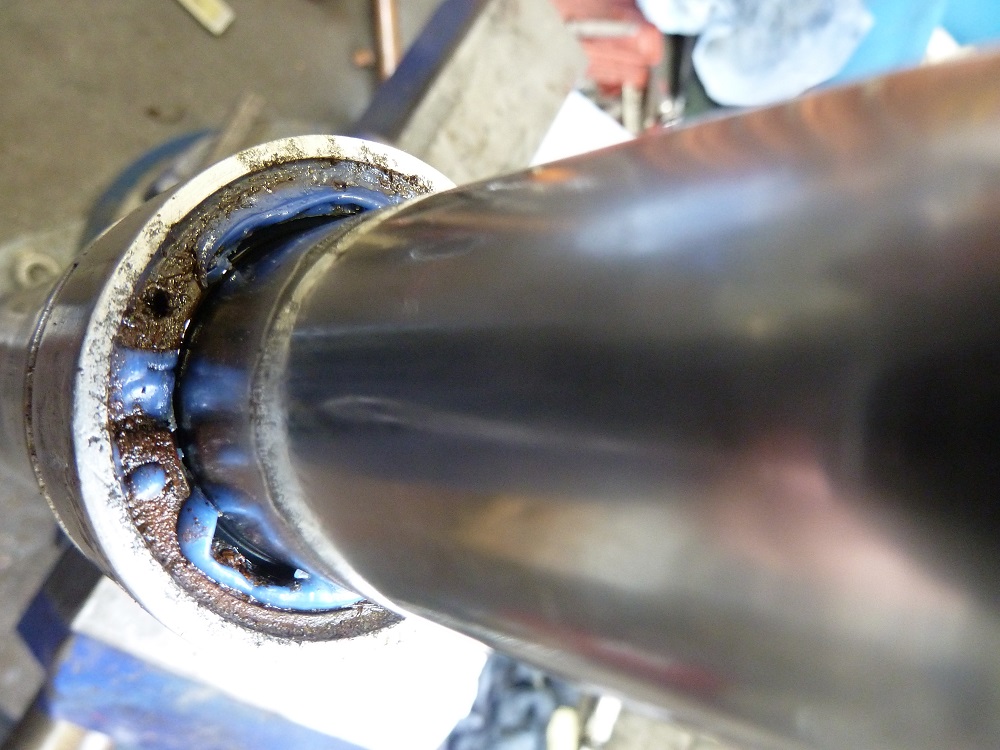
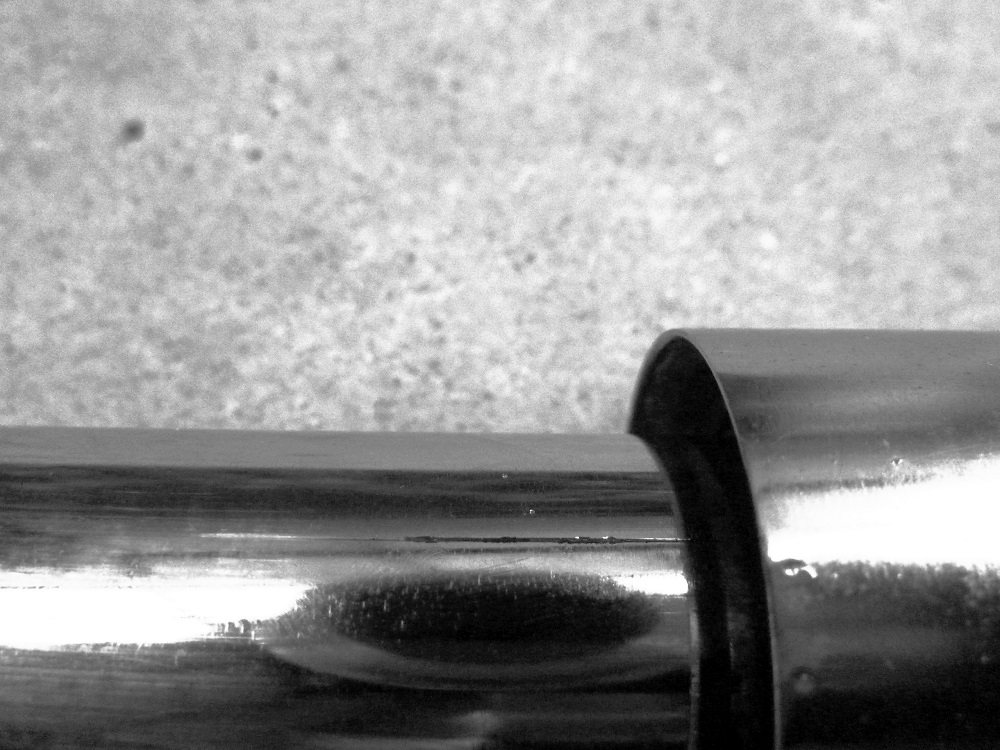
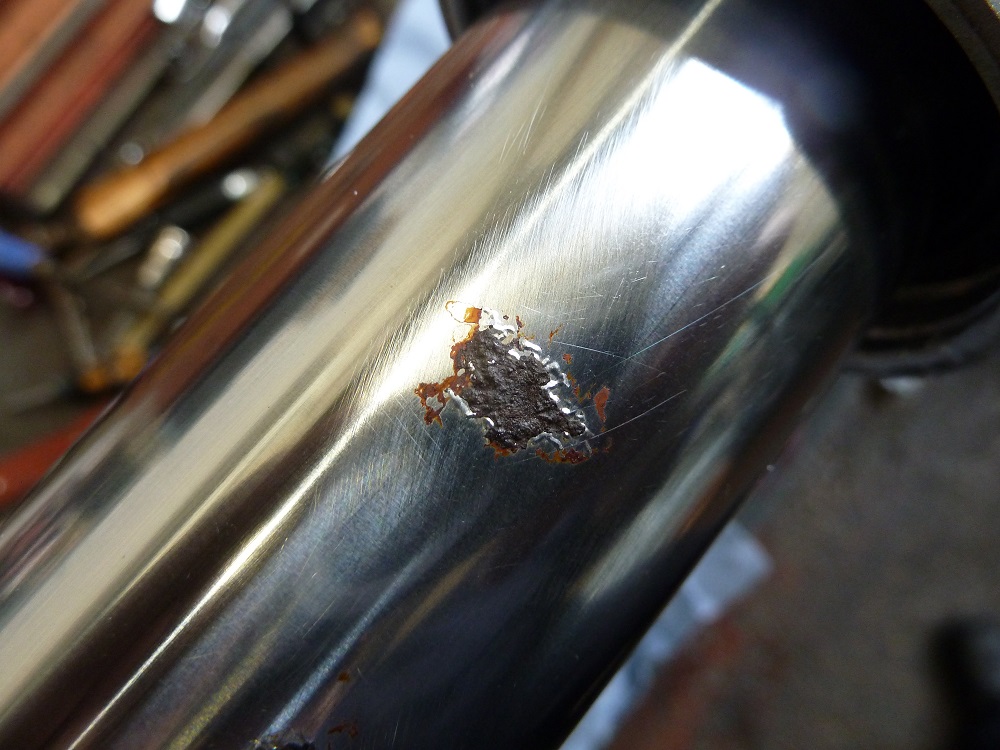
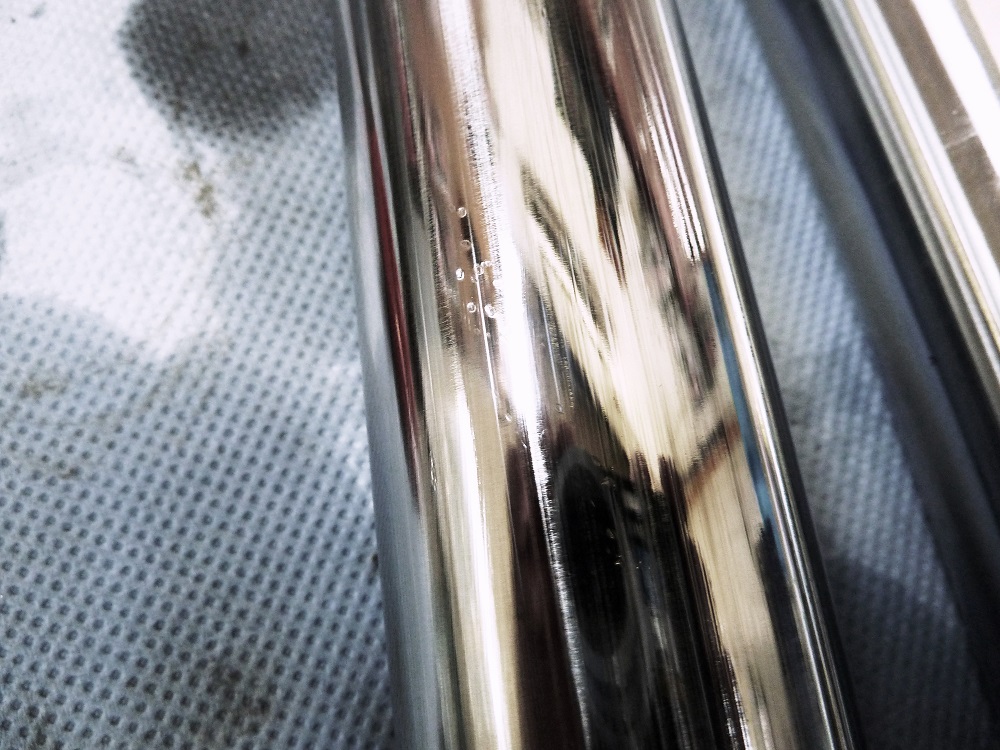
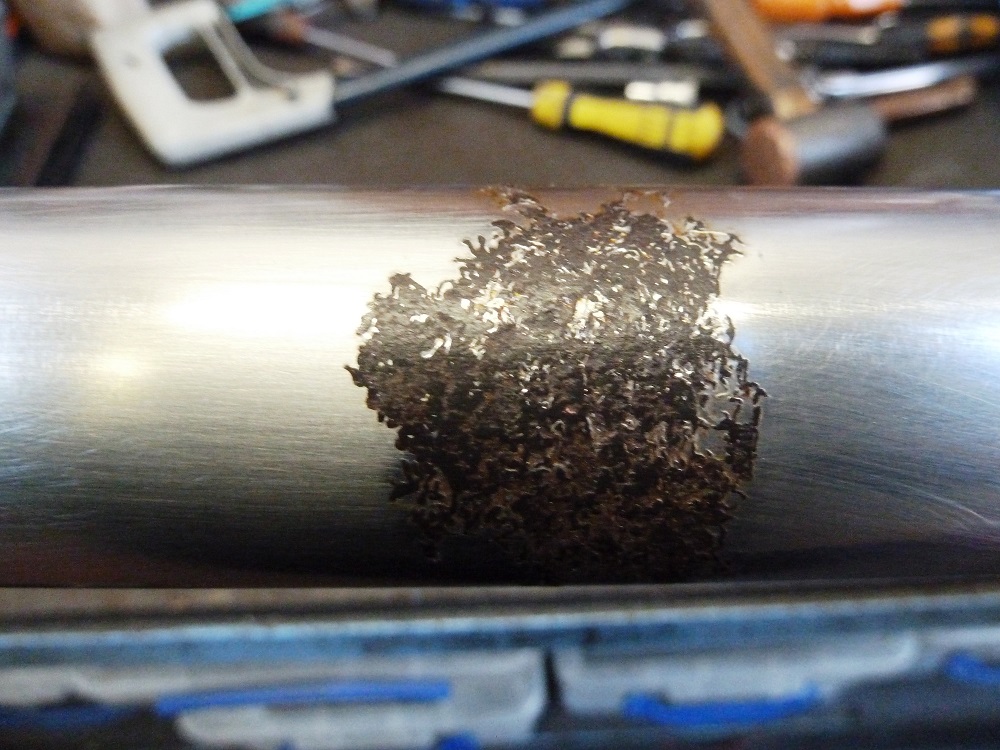
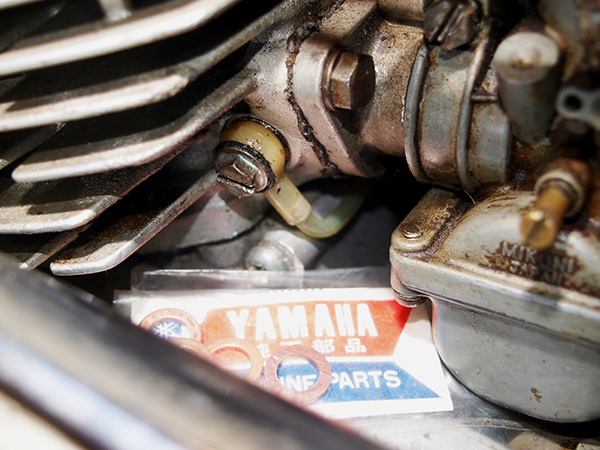
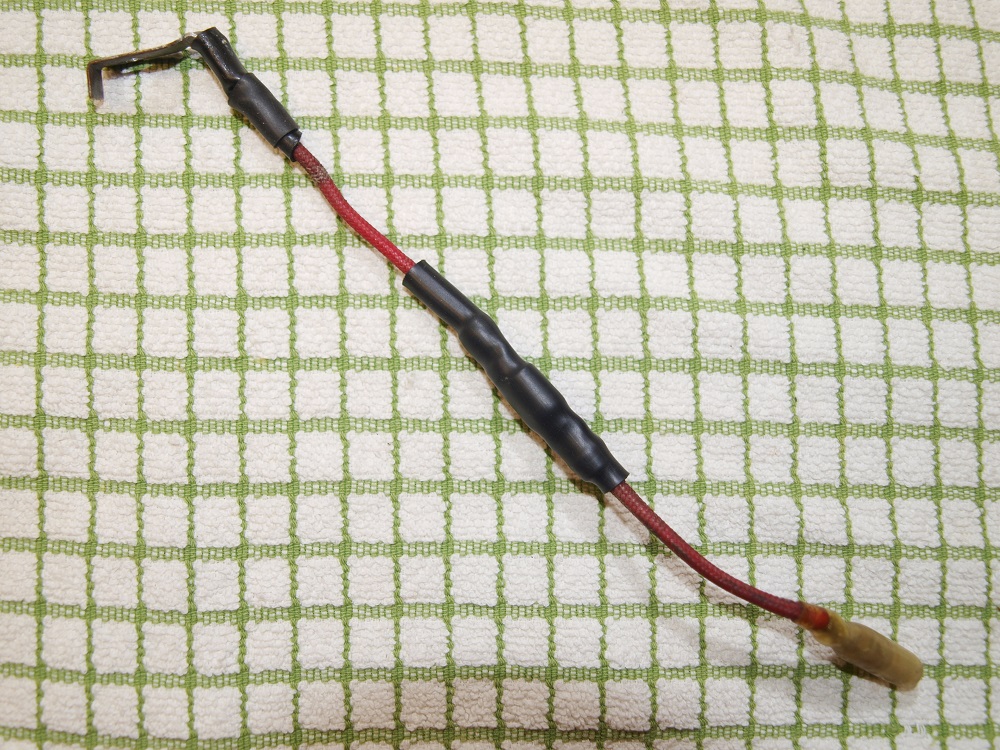
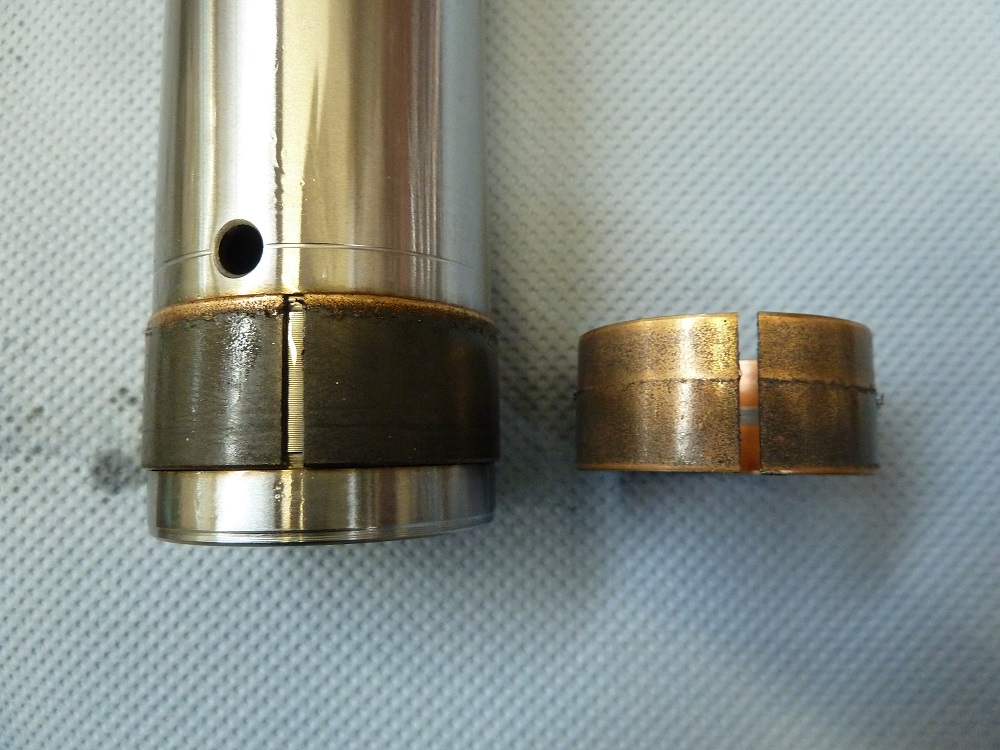



COMMENT